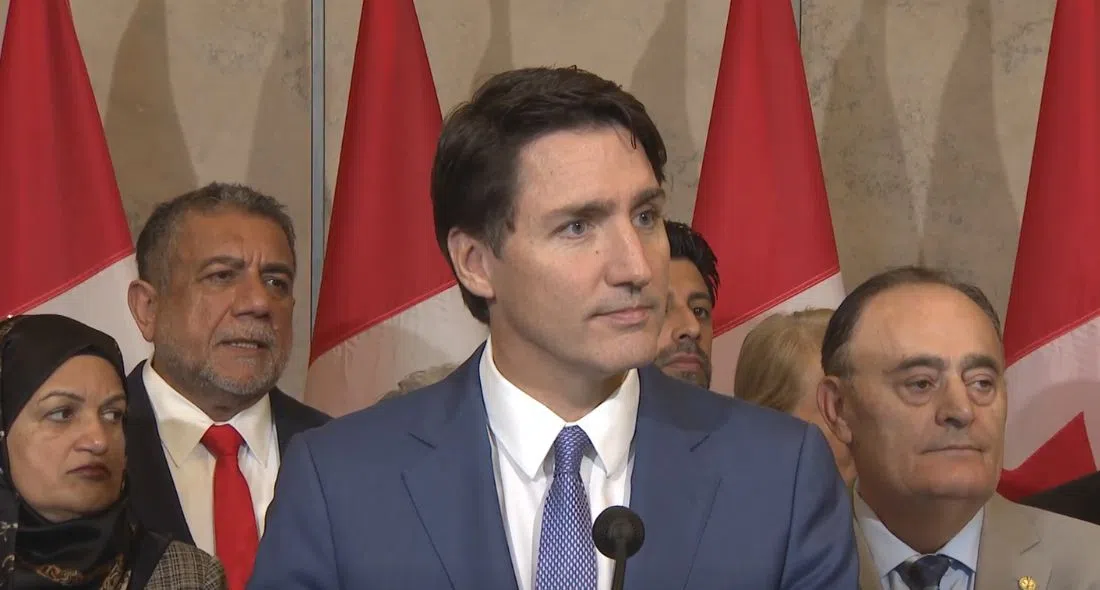Canada’s needs have changed since the pandemic, so the federal government has announced reducing immigration targets. Prime Minister Justin Trudeau explains that after the pandemic, there was a shortage of workers, so measures were taken to allow more permanent newcomers, and bring in more temporary workers and international students, which led to a quicker economic recovery, and helped to prevent a recession. But now, there is a housing shortage and affordability issues.
Trudeau says next year, instead of a target of 500,000 permanent residents, it will be 395,000, followed by lower levels again in 2026 and ’27, and temporary workers will be reduced by 7.2 per cent of the population to 5 per cent by the end of next year. He adds, “Our immigration system has always been responsible and it has always been flexible, so we are acting today. Because in the tumultuous times as we emerged from the pandemic, between addressing labour needs and maintaining population growth, we didn’t get the balance quite right.”
Trudeau also pointed out that some large corporations are exploiting foreign workers while refusing to hire Canadians for a fair wage, and some colleges and universities are bringing in more international students than communities can accommodate, treating them as an expendable means to line their own pockets, which Trudeau says needs to change.
The President of the Canadian Federation of Independent Business isn’t on board with these changes. Dan Kelly agrees with tweaking with the immigration numbers based on the needs of the labour market, but he believes any huge swings hold significant implications for employers, workers and the economy. He says small business owners have told him they don’t want to lose their foreign workers who are already in Canada and have visas that are soon to expire, and others suggest the wage level requirements for new skilled temporary workers will mean businesses will struggle to survive. He is also concerned with cutting the permanent immigration levels noting there are 379,000 persistent vacancies in the private sector.




















